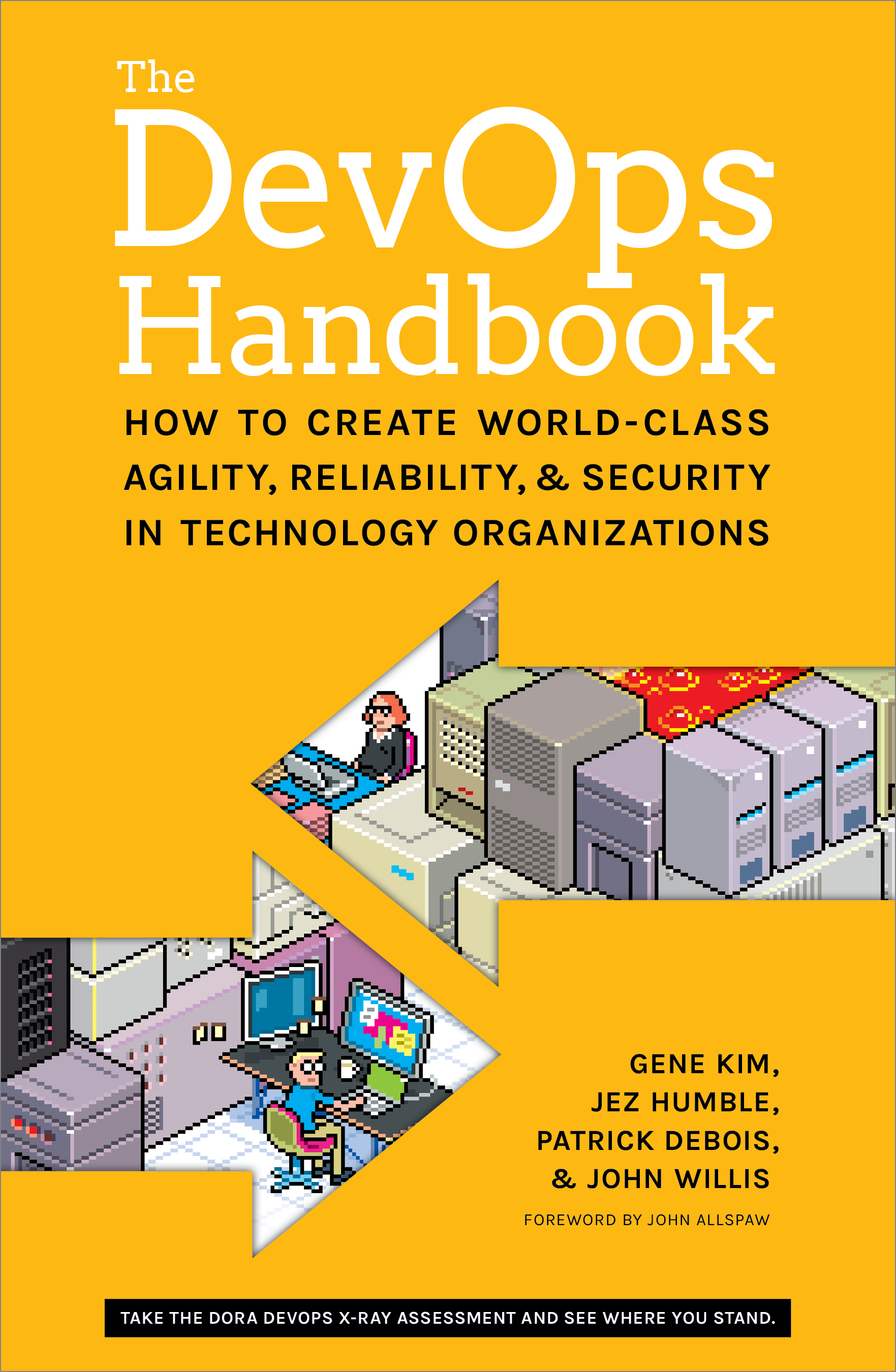“Do not get lost in a sea of despair. Be hopeful, be optimistic.” – John Lewis
Shortly after blogging my update last week, my wife informed me that she was unable to see out of one eye. Everything was blurry. As you can imagine, that immediately changed our plans for the day. We quickly hurried off to an emergency eye doctor visit. In the world of COVID-19 that means layers of face masks, screenings and cleanings, all of which we were grateful for. By evening and after scores of tests, her vision was starting to get better. We had cleared through some of the more frightful possibilities and had a better understanding of the marvelous miracle of the eye. It is incredibly complex and can even stump intelligent eye specialists. Thankfully, my wife is doing much better but we still don’t know the exact cause, so more visits to come.
Seeing clearly is something we can easily take for granted. For those of us with glasses, we know the joy and excitement that happens when you get your first pair of glasses and suddenly realize all the details you were missing. It can be an incredibly emotional experience. Seeing and seeing clearly is one of those gifts that we often forget to appreciate. There is so much in life that is like that. These wonders and experiences become default settings. Pandemic and other life pressures can cast a sour haze over our lives. Required and important face masks and social distancing procedures have become a burden to us and discontentment rises. We are so often wrapped up in the stream of what is going wrong, that we forget to consider and enjoy what is going right.
What is going right in your life? What default ability, experience or situation are you thankful for today? As I ask myself those questions, I realize that even in the midst of emergencies and despair, there are good things to enjoy. In the middle of our struggles, there is hope. Take heart in those good things and keep up the fight. Keep moving forward. Cherish each step, each kindness passed to us and every opportunity we have to make a positive difference in someone else’s life.
May you all see clearly this week and be fortified with hope!




